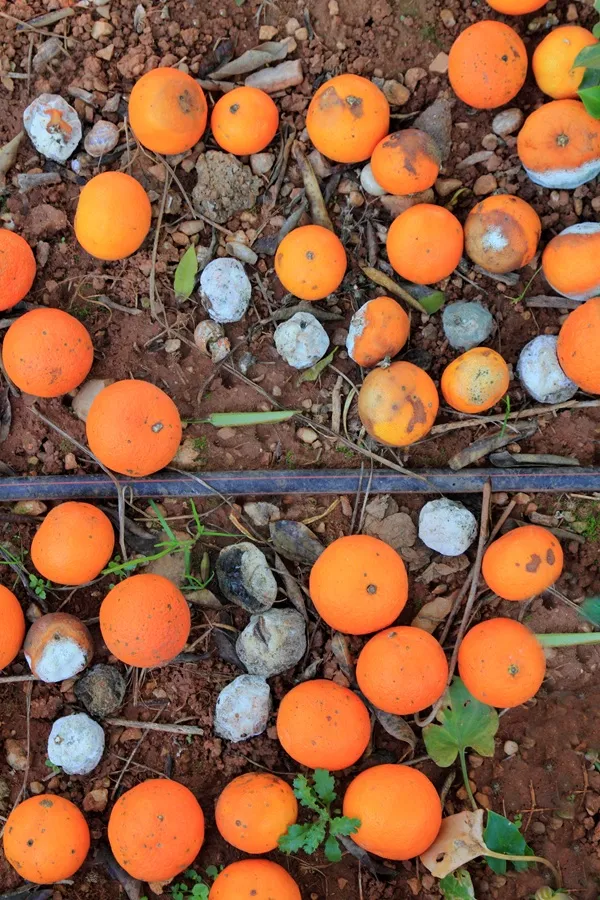Table of Contents
1. Overview
Prawns, large crustaceans closely related to shrimp, are a cornerstone of global seafood markets. Prized for their size, sweet, delicate flavor and versatility, they thrive in both marine and freshwater environments. This guide explores their biology, culinary applications, economic impact, and sustainability challenges.
2. Global Varieties
- Giant Tiger Prawn (Penaeus monodon): Indo-Pacific; striped shell, firm texture.
- Whiteleg Shrimp (Litopenaeus vannamei): Dominates global aquaculture; mild flavor.
- Kuruma Prawn (Marsupenaeus japonicus): Japan; premium sushi/sashimi staple.
- Northern Prawn (Pandalus borealis): North Atlantic; small, sweet, cold-water species.
- Freshwater Prawn (Macrobrachium rosenbergii): Farmed in Asia; large, meaty claws.
3. Price Factors
- Species & Size:
- Tiger Prawn: $15–$25/kg (wild-caught).
- Whiteleg Shrimp: $8–$15/kg (farmed).
- Form: Whole (cheaper), peeled/cooked (premium), or value-added (e.g., tempura).
- Sustainability: ASC-certified prawns cost 10–20% more.
4. Physical Traits
- Colors: Translucent (raw) to pink/red (cooked); Tiger Prawns have dark stripes.
- Smell: Fresh, oceanic brine; avoid if ammonia-like or sour.
5. Flavor & Culinary Uses
- Taste: Sweet, briny, with tender or firm texture depending on species.
- Cooking Methods:
- Raw: Sushi/sashimi (flash-frozen to kill parasites).
- Grilled: Skewered with garlic butter or chili-lime marinade.
- Curries: Thai tom yum, Indian prawn masala.
- Fried: Tempura, popcorn shrimp.
- Soups/Stews: Spanish gambas al ajillo, Cajun gumbo.
6. Nutrition & Health Benefits
- Macronutrients: High protein (24g/100g), low fat, zero carbs.
- Vitamins/Minerals: B12, selenium, iodine, omega-3s.
- Health Benefits: Supports heart health, thyroid function, and immunity.
7. Cultivation & Capture
- Wild Capture:
- Trawling: Coastal zones (e.g., Gulf of Mexico, Bay of Bengal).
- Artisanal Traps: Used in Southeast Asia and Latin America.
- Aquaculture:
- Pond Systems: Thailand, India, Ecuador.
- Offshore Cages: Norway, Chile (experimental).
- Biofloc Technology: Reduces water use; boosts yield.
8. Byproducts
- Shells: Processed into chitin (cosmetics, biodegradable plastics) and fishmeal.
- Heads/Veins: Fermented into shrimp paste (e.g., Indonesian terasi).
- Roe: Delicacy in Mediterranean and Japanese cuisine.
9. Processing & Storage
- Fresh: Store on ice (0–4°C) for 1–2 days.
- Freezing: Blanch before freezing; lasts 6–12 months at -18°C.
- Canning: Cooked in brine, oil, or sauces; shelf-stable 2–3 years.
10. Major Producers & Trade
- Top Producers:
- Wild: India, Indonesia, Argentina.
- Farmed: Ecuador, Vietnam, China.
- Exporters: Ecuador (largest), India, Thailand.
- Importers: USA, EU, Japan, China.
11. Climate Conditions
- Temperature:
- Tropical species: 25–32°C (e.g., Tiger Prawn).
- Cold-water species: 5–15°C (e.g., Northern Prawn).
- Salinity: 10–30 ppt for marine species; freshwater prawns tolerate 0–5 ppt.
12. Diseases & Risks
- White Spot Syndrome Virus (WSSV): Devastates farms; strict biosecurity required.
- Early Mortality Syndrome (EMS): Linked to poor pond conditions.
- Parasites: Anisakis in wild prawns (neutralized by freezing/cooking).
13. Return on Investment (ROI)
- Farming Costs: $10,000–$20,000/hectare (feed, larvae, infrastructure).
- Profit Margins: 20–30% with optimal yield; ROI in 12–18 months.
14. Quick Recipes
- Garlic Butter Prawns: Sauté in butter, garlic, lemon, and parsley (10 mins).
- Prawn Coconut Curry: Simmer in coconut milk, turmeric, and chili.
- Grilled Prawn Skewers: Marinate in olive oil, paprika, and lime; grill 3 mins/side.
15. Sustainability Challenges
- Environmental Impact: Mangrove destruction for pond farming.
- Overfishing: Depletion of wild stocks in Asia and South America.
- Innovations: Recirculating aquaculture systems (RAS), organic feeds.
16. Conclusion
Prawns are a global culinary and economic powerhouse, driven by their nutritional value and versatility. Balancing aquaculture growth with ecological stewardship is key to their sustainable future.









